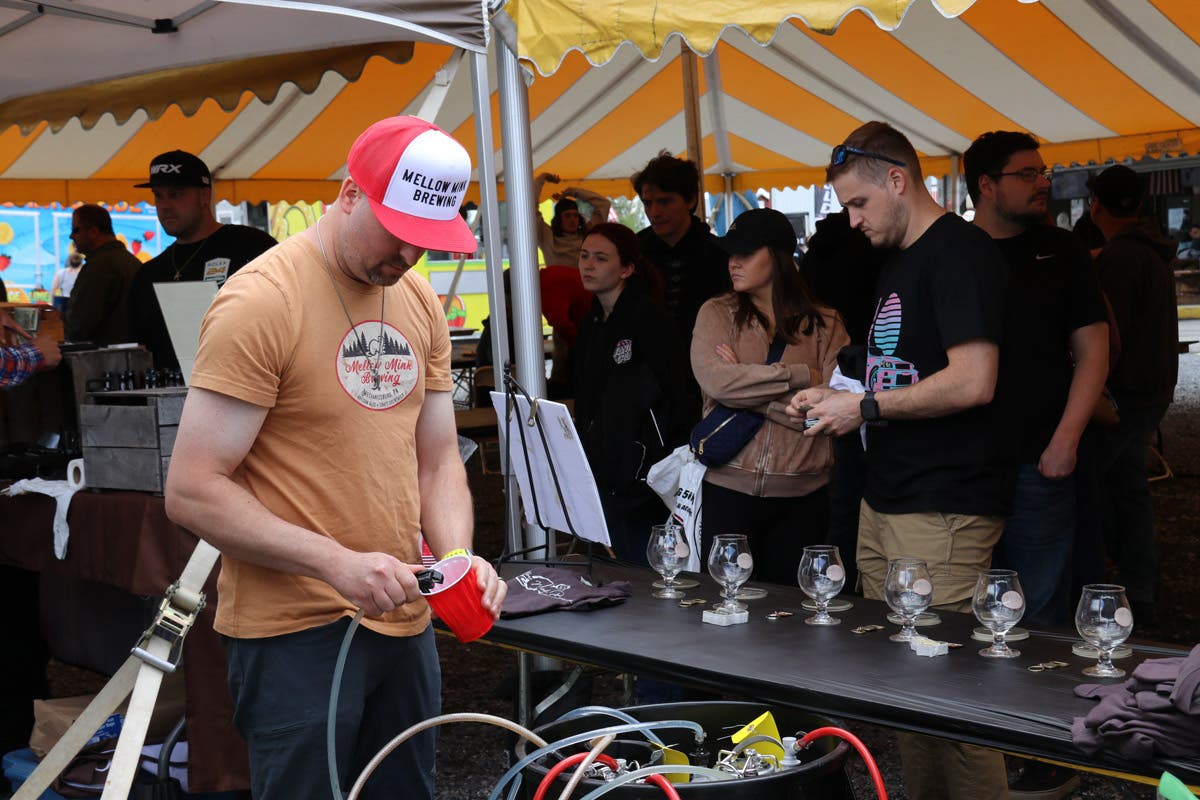Adios snap, crackle, pop: Eliminating radio interference
Editor Input Needed
Snap, crackle and pop may be the sounds you want to hear from your breakfast cereal, but not from your car radio. Noise in your car's radio can come from several sources. Technically, these noises are the result of EMI (electro-motive interference) or RFI (radio frequency interference). The sources of these interferences include the ignition system, the generator or regulator and, potentially, all other electrical components such as small motors like those powering the heater and/or defroster fan.
A common problem underlying radio interference is the lack of a good ground between the vehicle body, the frame and the engine. Recall that in a typical automotive electrical circuit these components provide the return route to the battery for electrons. Not only will a poor ground contribute to radio interference, it will compromise performance of the various electrical components.
Begin by ensuring that the negative battery cable is properly grounded at the block. All connections should be tight and the metal surfaces between the ground strap and the block should be bright. A ground strap between the engine and the body is a real help to improving the ground circuit. Many car manufacturers did not provide this ground strap. If your car does not have one, it will help to install one in an unobtrusive location. These straps, normally one-half inch wide and 4 to 6 inches long can be obtained from a parts supply store. Again, connections should be clean and bright. Some antenna installations ground the antenna where it passes through the fender. When installing the antenna, neatly scrape away any paint at the mating surface and then tightly install the antenna.
Engine interference is created from the high voltage pulses that travel from the coil to the plugs when the plugs fire. The spark plug wires act as antennas and radiate this noise, which is then picked up by the radio's antenna and fed into the radio. This interference can best be prevented by resistor-type spark plugs and resistor-type spark plug wires. Additional protection can be provided by installing a capacitor or condenser (the same as marketed for use in distributors) at the coil. Mount the metal body of the condenser to the coil bracket and connect the condenser wire to the coil terminal marked "BAT" or "IGN." Again, make sure that all connections are bright and tight; this includes the coil mounting to the engine or body.
The second biggest cause of radio noise is the generator. The making and breaking of contact as the generator brushes pass the poles of the rotating commutator may cause a hum or whine in the radio, increasing and decreasing in pitch with engine speed. This noise is radiated by the wiring harness and picked up by the antenna and then fed to the radio. It can be prevented by installing a condenser on the generator. Connect the metal case of the condenser to the generator body and the condenser lead to the terminal marked "ARM" or "BAT."
The contacts in voltage regulators often spark and this may cause a buzzing noise in the radio. To eliminate this source, place a condenser between the "A" terminal of the regulator and ground.
Static electricity is created by the tire rolling on the ground, which may be transmitted to the radio. A good indication that this source is a problem is that the noise does not occur when the car is standing still, but appears when the car is rolling and varies with vehicle speed. Such noise also disappears when roads are wet as the wet surface prevents the formation of static electricity. This problem can be addressed by installing static collector springs in the small dust caps covering the front wheel hubs.
Finally, noise on the AM band can also occur if the antenna is not properly aligned. This is accomplished by adjusting the antenna trimmer, a small variable condenser in the radio's input circuit. The exact location of this adjustment and specific adjustment procedure is typically described in the owner's manual.
Background noise in car radios is annoying. Although generally not a problem with modern cars, it can be a problem with collector cars. The necessary fixes are inexpensive and easily accomplished. Like many facets of automobile electrical systems, good grounding is a key make all connections "bright and tight."
I am indebted to the experienced knowledge of Dan Healy of Classic Car Radio Service (P.O. Box 764, Woodacre, CA 94973; www.classicradio.com) for his guidance in preparing this article. Healy is a car radio restoration expert.
William C. "Bill" Anderson, P.E., has been involved with the automotive hobby for more than 30 years with experience ranging from hot rods, to sports cars, to sports car racing, and to restoration of vehicles from the 1930s through the '80s. He is an author, magazine editor, car show judge and professional engineer. A member of several car clubs and a leader in some, through Anderson Automotive Enterprises he restores and appraises cars.








